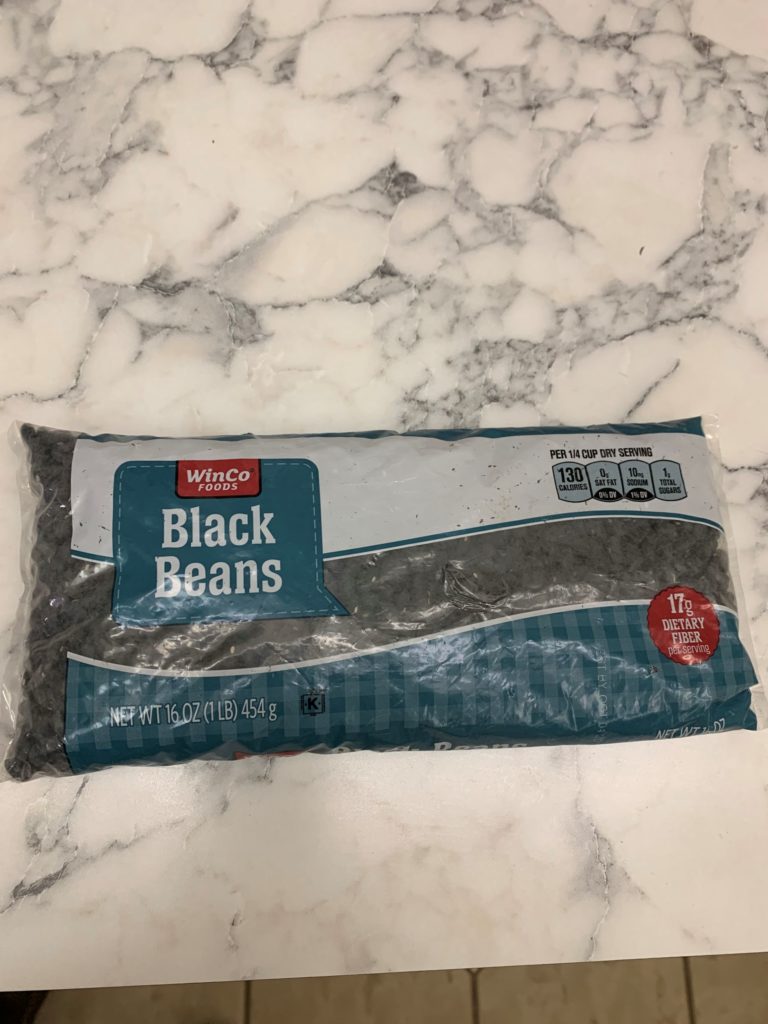I like beans. They are inexpensive and store well. They are culinarily versatile and bridge the gap between the omnivore and the vegetarian. So, what is not to like? The people that eat beans, know beans. The process is not hard but it can come with some hidden variables. Let me explain.

The thought of a good pot of beans and a hunk of bread makes a good thought for a winter’s dinner. The last couple I have made didn’t go so well. The reason being is that the beans were from old stock. After a standard amount of cooking, they were still hard. After double amount of cooking, they were still hard. After another day’s worth of cooking, they were edible, but still harder than I would like.
Dried beans are just that. They are shelled after the pod matures and then dried for later use. Old beans are more thoroughly dried. They don’t change materially, they just continue what is natural. My failures were the result of not knowing the status of my beans and mis-planning accordingly. When beans are part of the menu, you want to make sure they are done before your planned dinner.
For this reason, many of today’s cooks just go straight to canned beans. I can certainly understand the consistency factor, just heat. I find canned beans to be easily overly cooked. They also don’t take up the broth and can be a little lifeless as a result. For weeknights, canned beans can help alleviate planning problems. The place where I find the best use is when quantities are small.
In certain ethnic circles, beans are well known. It is not just for Latin and Texmex foods, but African and European foods use different beans as well. Asian foods tend to use the sprouted form because beans are seeds in reality. You are not going to do that with canned beans.
The thing I always think about is the phrase ‘beans, bullets and band-aids’ that refers preparedness minded people buying a bunch of beans for their potential future. It is true that they are inexpensive calories that store well and can be neatly packed. However, if they are not getting rotated, when that time comes to actually eat them a rude surprise is awaiting. This goes back to me saying, those who eat beans, know beans.
One technique that I wish to try is cooking beans using a pressure cooker. If I owned a pressure cooker, then I would. There are two techniques commonly used (on the hard beans, not lentils). One is soaking the beans overnight with a one-ish hour boil. Anecdotally, dump the soaking water the next morning. I swear that it reduces the amount of flatulence that comes with beans. The second is a hard boil followed by a rest and a second boil. I tend to use the first method because when I make beans, I usually use the crockpot. I have heard that the pressure cooker combines the steps into 15 minutes or so.
As I alluded above, not all items found in the bean isle are the same. Lentils, split pea, garbanzo and black eyed peas are some that do not require so much cooking. These are ones to be looked to for the weeknight or days that less planning has been done. Pinto, black, kidney, navy or white beans need that more aggressive and longer preparation. In fact, the former will turn to mush with too much cooking. So, you have to know your beans.
End Your Programming Routine: My black beans turned out great. I got lucky that they weren’t too old yet and had plenty of flavor to go with the tamales we bought from a fundraiser. I started them with four hours to spare, just in case. Learn to cook beans and it will open a whole culinary world.
Recent Comments